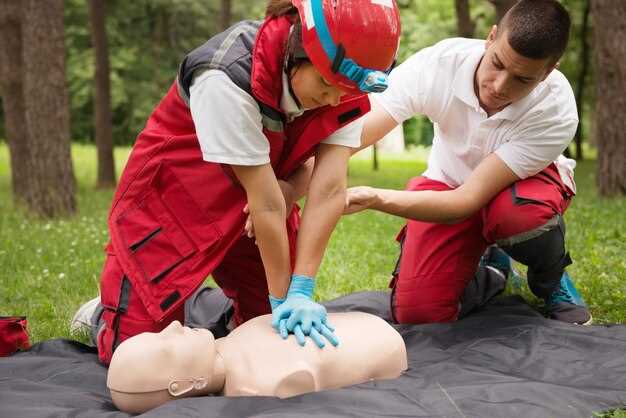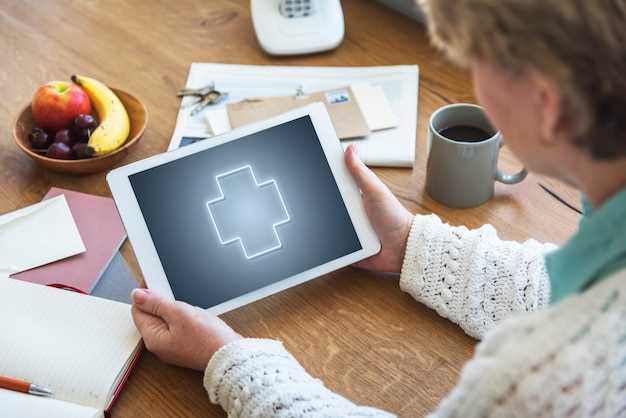
In remote and outdoor environments, having a well-equipped first aid kit is essential for ensuring safety and preparedness. Whether hiking in the mountains, camping in the woods, or participating in outdoor sports, accidents can happen unexpectedly. Understanding basic first aid skills can make a significant difference in responding to emergencies in the field.
Equipping yourself with practical first aid knowledge not only enhances your own safety but also prepares you to assist others in need. It’s crucial to familiarize yourself with the contents of your kit and learn how to use each item effectively. Proper training in first aid techniques, such as CPR and wound management, can empower you to act swiftly and efficiently during emergencies.
Safety in the great outdoors extends beyond just having the right equipment; it incorporates a mindset of readiness and responsibility. By mastering first aid skills tailored for remote situations, you can enjoy your adventures with greater confidence, knowing that you are well-prepared to handle any unforeseen challenges that may arise.
Identifying and Responding to Common Injuries in the Field

When engaging in outdoor activities, it is crucial to be prepared for potential injuries. Recognizing these injuries promptly can significantly enhance safety and the effectiveness of your response. The most common injuries include cuts, sprains, fractures, burns, and bites.
Cuts and abrasions may occur from sharp objects or rough terrain. It is essential to clean the wound with clean water and apply a sterile bandage from your first aid kit. For deeper cuts, applying pressure to stop bleeding is critical before seeking further medical assistance.
Sprains and strains often result from falls or wrong movements. Signs include swelling, bruising, and pain. The R.I.C.E method–Rest, Ice, Compression, and Elevation–should be used to address these injuries. Using elastic bandages from your kit can help stabilize the area and minimize discomfort.
Fractures are more serious and can vary in severity. Symptoms include intense pain, swelling, and deformity. If a fracture is suspected, immobilize the affected area using splints or padded materials from your first aid kit. Avoid moving the individual unless they are in danger, and seek professional medical help.
Burns can occur from sun exposure, fire, or hot surfaces. For minor burns, cool the area with running water and cover it with a non-stick dressing from your kit. Avoid applying ice directly to the burn. For severe burns, do not immerse the area in water; instead, cover it with a clean cloth and seek immediate medical attention.
Insect bites or animal bites may lead to infections or allergic reactions. Clean the bite area with soap and water, and apply an antiseptic from your first aid kit. Monitor for signs of allergic reactions, such as swelling or difficulty breathing, and be prepared to administer antihistamines or seek emergency help if necessary.
Effective first aid in the field relies on a well-stocked kit and knowledge of basic medical principles. Regularly check and restock your kit with essential safety items, including antiseptics, bandages, splints, and any necessary medications. Familiarizing yourself with these common injuries and their appropriate responses can enhance safety for you and your group during outdoor adventures.
Essential Items for Your Outdoor First Aid Kit
When preparing for outdoor adventures, having a well-stocked first aid kit is essential for safety. An effective first aid kit should include various items that address common injuries and medical emergencies that may occur in remote environments.
First, include adhesive bandages in various sizes to cover small cuts and abrasions. These help prevent infection and protect wounds while you continue your activities. Sterile gauze pads and adhesive tape are also crucial for managing larger wounds and controlling bleeding.
Antiseptic wipes or solutions are necessary for cleaning cuts and scrapes before applying dressings. This step minimizes the risk of infection and promotes faster healing. Additionally, antibiotic ointment should be included to protect minor wounds from bacteria and improve recovery.
Pain relief medication, such as ibuprofen or acetaminophen, is vital to have on hand. These medicines can alleviate discomfort from injuries or muscle strain, allowing you to enjoy your trip despite minor aches.
Don’t forget to pack a pair of scissors and tweezers. Scissors can aid in cutting gauze or clothing, while tweezers are essential for removing splinters or ticks that may pose health risks.
Always have a flexible ice pack for sprains, strains, or bruises. Cold therapy reduces swelling and helps manage pain, making it an important item for outdoor activities.
A comprehensive first aid kit should also contain a CPR face shield and emergency blanket. The CPR shield provides a barrier during resuscitation, protecting both the rescuer and the victim. An emergency blanket helps maintain body heat for individuals experiencing shock or hypothermia.
Lastly, consider including a first aid manual or quick reference guide. This resource can be invaluable for those unsure of the correct procedures for treating specific injuries, ensuring that safety is prioritized in any situation.
By assembling these essential items in your outdoor first aid kit, you can address medical needs effectively and enhance safety during your excursions.
Basic Techniques for Treating Wounds and Managing Emergencies Outdoors

When venturing into the field, being prepared for emergencies is essential. A well-equipped first aid kit is crucial for effectively addressing wounds and injuries that may occur during outdoor activities. Understanding the basic techniques for treating wounds can make a significant difference in a critical situation.
The first step in managing any wound is to ensure safety. Assess the environment for potential dangers before approaching the injured person. If it is safe, wear gloves from your first aid kit to prevent infection during treatment. Clean hands are vital in outdoor medicine.
When treating a wound, start by stopping any bleeding. Apply direct pressure on the wound with a clean cloth or bandage for several minutes. If blood soaks through the material, do not remove it; instead, add more dressings on top. Elevating the injured area above the heart can also help reduce bleeding.
Once the bleeding is controlled, clean the wound gently with clean water to remove any dirt or debris. Avoid using alcohol or hydrogen peroxide, as these can damage the tissue. After cleaning, apply an antibiotic ointment from your kit to help prevent infection, then cover the wound with a sterile bandage.
In the event of a more severe injury, such as a deep laceration or puncture wound, it may be necessary to seek medical help as soon as possible. Keep the injured area still, and do not attempt to remove any objects embedded in the wound. Stabilizing the injury is key until professional assistance can be obtained.
Managing other emergencies like fractures requires additional techniques. If you suspect a fracture, immobilize the affected limb using splints or even items from your surroundings, such as sticks or rolled-up clothing. Minimize movement to reduce pain and prevent further injury.
Another critical aspect of outdoor first aid is monitoring for signs of shock. If a person shows symptoms like confusion, rapid heartbeat, or shallow breathing, it is vital to lay them down and elevate their legs if possible. Keep them warm with jackets or blankets from your kit to maintain body temperature.
In conclusion, basic techniques for treating wounds and managing emergencies outdoors hinge on preparation and knowledge. A comprehensive first aid kit, combined with the understanding of essential medical practices, can empower individuals to respond effectively in the field, ensuring safety and promoting recovery. Regular training in these skills is advisable to maintain readiness for any situation.



